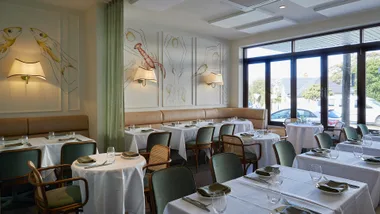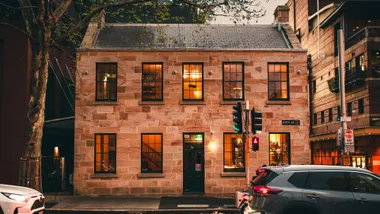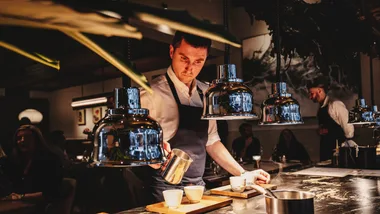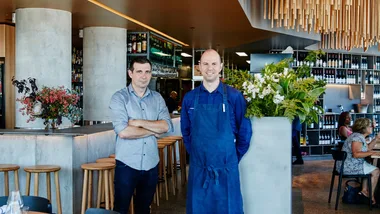Across the Tasman, artisan dairies are getting the go-ahead to produce raw-milk cheese, writes Will Studd.
I want to let you in on a little secret. If you fancy browsing through an interesting selection of local and international benchmark cheeses made from raw milk, then you need look no further than across the ditch to New Zealand.
New Zealand’s temperate climate and pasture-based system of milk production is largely responsible for its clean and green reputation for dairy products. Large dairy farms milk up to 2000 cows, and almost all production and processing is closely controlled by Fonterra, a huge farmer-owned cooperative that is now the world’s largest exporter of commodity dairy products, with more than 25 percent of global trade. The growth in New Zealand’s dairy exports over the past decade has been staggering, particularly when compared to Australia’s, which has a similar system of dairy farming.
Australia shares close economic relations with New Zealand, and a common food code under the auspices of Food Standards Australia New Zealand (FSANZ). But there is one very notable exception to this agreement: primary production and processing standards for dairy products. And this, of course, includes cheese.
In Australia, food safety authorities impose a national ban on the production and sale of cheese made from raw milk, with the exception of Roquefort, and hard-cooked varieties such as Gruyère, Comté, Parmigiano-Reggiano and Bruny Island C2. But it’s a different story for our neighbours in New Zealand, where dairy operations are controlled by the Ministry of Primary Industries (MPI). Having for decades prohibited the production or sale of cheese made from unpasteurised milk, the MPI now licenses some small artisan dairies, such as Neudorf Dairy and Crescent Dairy Goats, to produce such cheeses. The authorities have also officially recognised European Union food safety regulations, enabling the import and sale of all types of raw-milk cheese from Europe.
The first dairy to be granted a licence to make raw-milk cheese from goat’s milk in New Zealand was Aroha Organic Goat Cheese. This dairy is named after the nearby mountain Te Aroha; I filmed a story there for the new season of Cheese Slices. The cheesemakers’ passionate and compelling account of how their dairy acquired a licence should be an inspiration for Australian cheesemakers – and, as you might expect, their Gouda-style cheeses were absolutely delicious. But you won’t find them in the stores any time soon. The 20-hectare farm is home to a herd of 30 very pampered goats, and only a small number of cheeses are made each day in a tiny room in the farmhouse, and pre-sold through the dairy’s website.
The first licence to produce cheese from raw cow’s milk in New Zealand was granted earlier this year to the award-winning Mt Eliza Cheese Dairy, in the green hills behind Katikati in the North Island. Established by Chris and Jill Whalley, this small dairy, built behind the couple’s house, specialises in the production of cloth-bound cheddar and red Leicester, one of the finest I have ever tasted.
If authentic Brie de Meaux, Camembert de Normandie, Westcombe Cheddar or Stichelton take your fancy, then a visit to Canterbury Cheesemongers in Christchurch is also a must. It was established by Sarah and Martin Aspinwall, who worked at Neal’s Yard Dairy in London. Sarah and Martin are huge supporters of local artisan cheese, and also carry a select range of international benchmarks. Martin is also a baker and it’s hard to beat his freshly baked Eccles cakes paired with Graham Kirkham’s Lancashire.
Want to know another secret? You can bring some raw-milk cheese home with you at the end of a New Zealand jaunt. Australian customs and quarantine allows the importation of up to 10 kilograms of raw-milk cheese for personal consumption, provided the cheese is commercially prepared and packaged and labelled with the country of origin. You must declare it on arrival. Ten kilograms may sound like a lot, but remember, you won’t find many of these wonderful cheeses at your local deli in Australia.
 Carli Ratcliff
Carli Ratcliff









